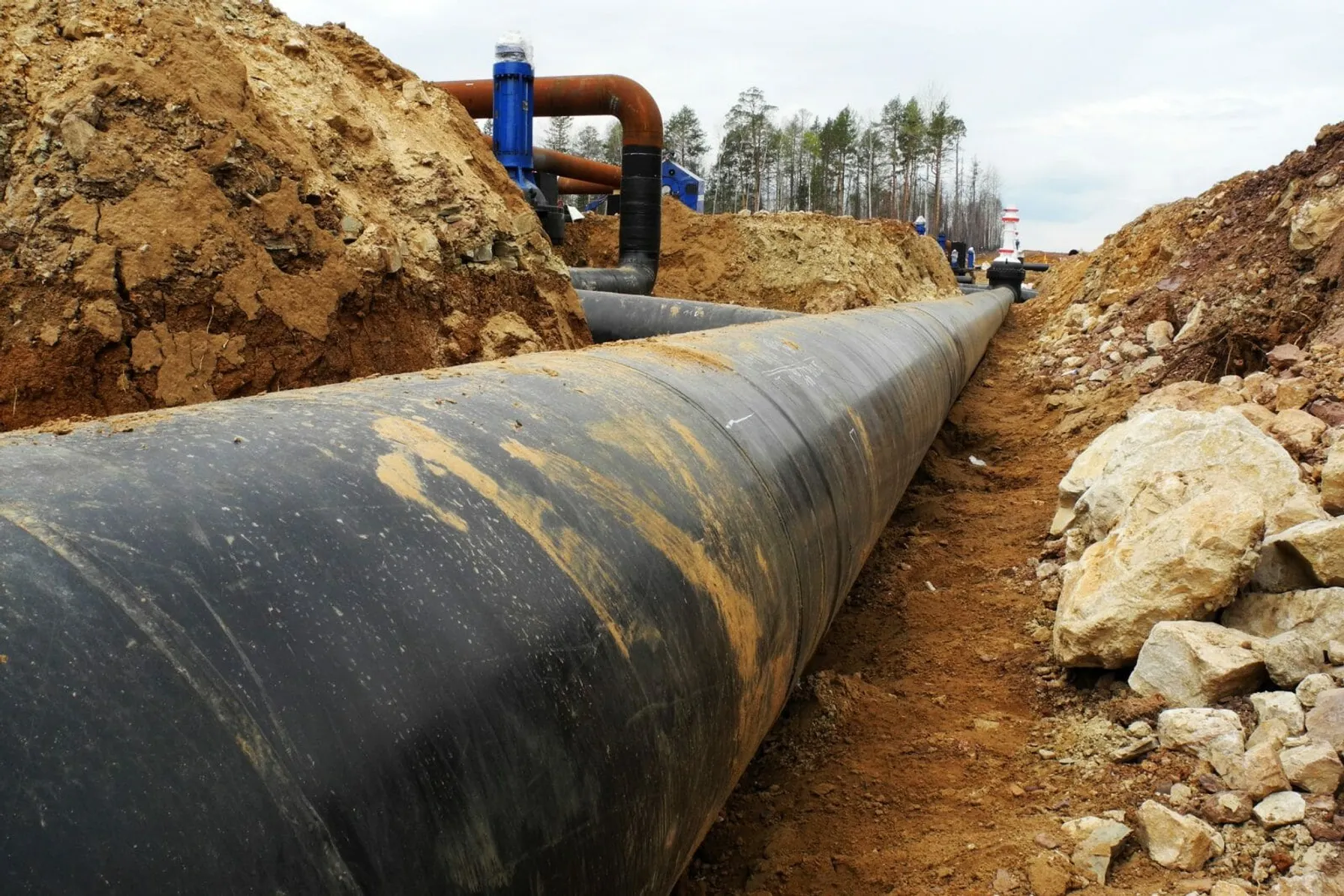Pipeline failures. FERC permitting delays. Extreme environmental issues or tribal conflicts. What do these all have in common? When reduced to their root cause, they can often be attributed to poor communication and stakeholder engagement or management.
How do we disseminate critical information throughout our organizations and to those who need it to overcome environmental or regulatory challenges, meet project deadlines, improve profitability and, most importantly, safely operate a pipeline asset?
The accepted margin of error during a pipeline’s lifecycle – from development to operations – has been reduced from thin to practically nonexistent. One minor delay, one break in communication or one missed opportunity to get ahead of the opposition can have a significant impact on a company’s ability to get a project off the ground or determine the expected rate of return – and, in worst case scenarios, it could potentially cost lives.
Many of the potential issues lie in our understanding and communication of risk with the risk exposure process rarely uncovering those criticalities to allow them to be effectively mitigated. To have an impact on the delivery and/or operation of an asset, we must begin to eliminate the intra and inter-company barriers, including those in the areas of communications, culture and technology.
These barriers create silos, both within companies and externally with their contractors. Surveyors talk to surveyors, constructors talk to constructors, integrity engineers talk to integrity engineers and everyone talks to the project or operations manager with the hope that the right information gets to the right people at the right time. Even well-run projects and operations have breaks in the communication chain and inexperience, among other factors, only adds to the frequency of these occurrences and their severity of their consequences.
We can mitigate the effect of these silos by placing everyone, internally and externally, in the same collaborative environment, thereby allowing them to share information and ideas freely. Unfortunately, systems and applications only take us so far, and there must be a broad cultural shift away from the hoarding of information and the disconnect and general disunion among involved parties.
By leveling the playing field through stronger communication and information sharing, maintenance contractors can call upon operational and risk data to assess projects before they start work; design engineers can utilize operating and cultural data to better understand public opposition for new pipeline routes; and right-of-way service crews will then know exactly when and where the route will cross into contentious territory. The known advantages to this inclusive approach are enough to sway the harshest of critics, but it’s the unseen and unknowns that will usher in the next age of pipeline routing, installation and operation.
When you integrate project teams and project management technology, the result is improved project collaboration, reporting and transparency. Doing this ensures that all systems work together, allowing for integrated information management. The significant benefits that result from integrating all the project components include:
- One project record
- Improved connection between the field and the office
- The ability to easily track progress in real time
- The ability to define and create custom workflows
- Improved scalability
Another huge benefit to this approach is the ability to ensure that your records are traceable, verifiable and complete (TVC), which ensures you are in compliance with all of the current Pipeline and Hazardous Materials Safety Administration (PHMSA) regulations.
Additionally, when operators retain a single contractor from concept and Pre-FEED through to execution and even on into operations, they will see added value. An example would be if the same company tasked with execution of the preliminary engineering scope is used over the entire course of the project, it will drive improved levels of definition in the early stages of the project which, in turn, improves project efficiency and reduces overall project cost.
We have reached the end of what our current processes and systems allow for, and there are still cost overruns, delays, explosions and fatalities. It is time for our industry to take the next step in its evolution and become an industry where strong communication and collaboration is a cultural norm.
Gain
Peace-of-Mind
Partner With TRC’s Tested Practitioners



